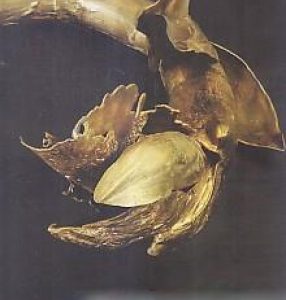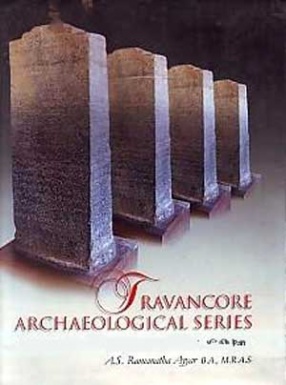The study and research of the history of Indian art and foreign influence on it, being a subject of absorbing interest, started receiving the special attention of scholars and art historians from about the beginning of the nineteenth century. The presence of the Sakas in early India is well-known to scholars. It is also known that the Sakas were a part of the Scythians. The term Scythians is generally employed to denote numerous groups of nomadic tribes from the borders of China to the Carpathians. Also, the Scythians constituted a subdivision within the larger group of Scytho-Siberian early nomads inhabiting the Eurasian steppes and forest steppe-zones during the first millennium B.C. "Scythian Elements in Early Indian Art" ascertains the importance of the Saka/Scythain elements in the formation of the composite and rich nature of Indian culture. The importance of the Scythian/Saka power in the annals of the ancient Orient is apparently clear from the numerous widely known sources (both literary and archaeological) alluding to them. In the present work, all relevant sources, both archaeological and literary, have been taken into account. The Asian connections of the Scythain culture, which were formerly not easily traceable, are now studied with fresh perspectives as revealed by new archaeological data.
Traditional Costumes of India
$37.80
$42.00





There are no reviews yet.